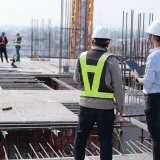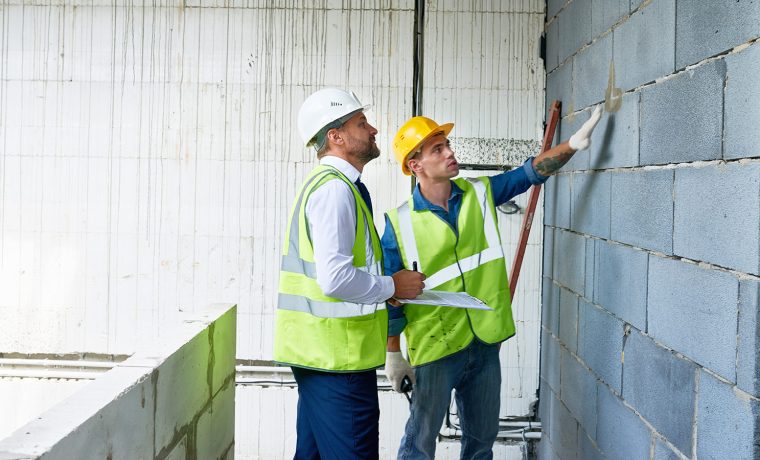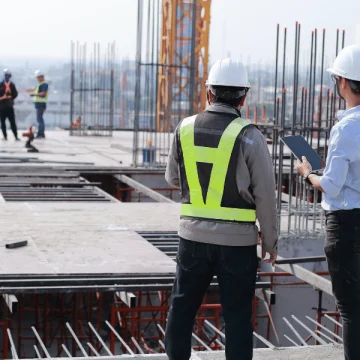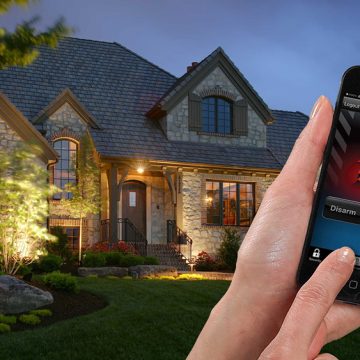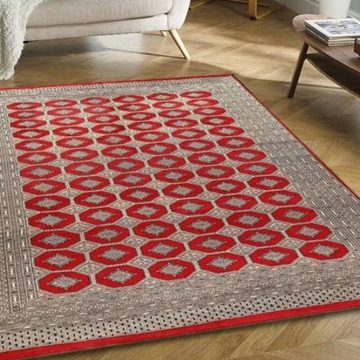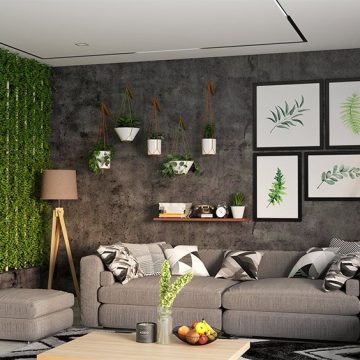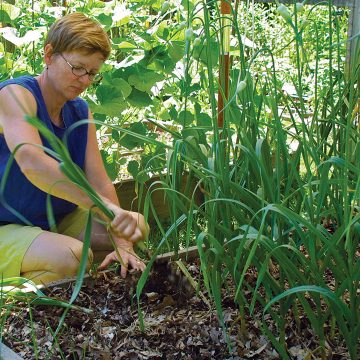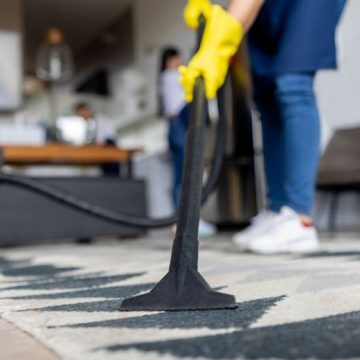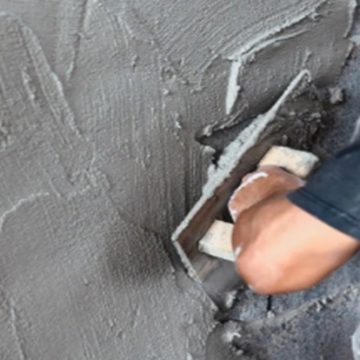The serious issues in homes are not immediately visible to the untrained eye. Even if you thoroughly look over every room yourself, there are a myriad of potential problems that could be festering beneath the surface, out of sight.
- Structural defects like cracked foundations, deteriorating supports, and sinking floors
- Electrical wiring issues that are fire hazards
- Plumbing problems like aging pipes on the verge of leaking
- Termite or other pest infestations slowly eating away at the home
- Poor ventilation that leads to mold growth behind walls/ceilings
- Roofing damage that you can’t see from the ground
- HVAC systems in dire need of repair or replacement
Unless you have professional training, expertise, and equipment like thermal cameras and moisture meters, these types of serious issues are virtually undetectable to the average homebuyer doing a casual walkthrough.
True cost of skipping the inspection
The big deal if one or two minor problems slip under the radar when buying a home? Unfortunately, even seemingly small issues like a bit of termite damage or a hairline foundation crack quickly snowball into catastrophic and very expensive repairs if left unaddressed. If termites are present, they are eating the home alive 24/7, to the point the whole structure eventually becomes unsafe. A bad foundation crack will only grow larger over time, potentially causing walls to crack, floors to slope, and the entire home to become structurally unsound.
Once problems like these are left to fester, repairs go from inexpensive quick fixes to massive overhauls costing $20,000, $50,000, or even $100,000+ in severe cases. Many insurance policies won’t cover costs stemming from pre-existing issues too, leaving the full burden on the homeowner’s shoulders.
Value of a professional inspector
To avoid these costly nightmares, hiring an experienced, certified home inspector is vital before purchasing any property. A quality inspector will thoroughly evaluate every visible and accessible space of the home, in addition to using specialized tools to assess areas that can’t be readily seen. Using technologies like moisture meters, they detect leaks or water damage inside walls. Infrared cameras allow them to see heat signatures that indicate missing insulation. Powerful lens cameras inspect difficult areas like chimneys, roofs, attics, and crawlspaces. They’ll review major systems like electrical, plumbing, and HVAC too useful reference for building inspections in Sydney.
This is third-party; unbiased assessment gives you invaluable insight into the true condition of the home before signing on the dotted line. Armed with the inspector’s report, you’ll have vastly more negotiating power with the seller too. Many will gladly make necessary repairs or lower the price after significant defects are brought to light.
Find a quality inspector
A quality home inspection is well worth the investment to protect your interests as a buyer. But how do you find a knowledgeable inspector you trust? Start by getting referrals from your realtor, mortgage lender, family, or friends. Several inspectors asked about their relevant training, certifications, experience, and memberships in professional associations.
Find out what specific services they offer and reports they provide. For example, some will include termite inspections while others subcontract those out. Compare inspection fees too, but keep in mind that the lowest price isn’t necessarily the best option. An extremely cheap inspection likely cuts corners. Read online reviews as well to gauge their customer service, thoroughness, and reliability.

